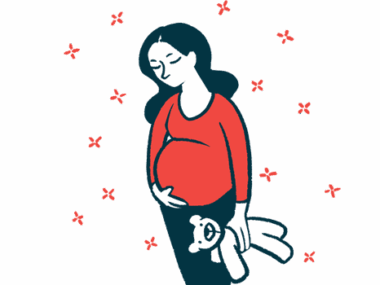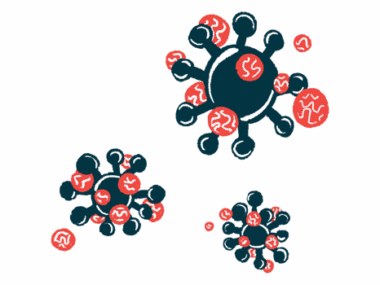Pregnant woman diagnosed with aHUS after she was induced early
Case highlights challenges in diagnosing, treating pregnancy-associated aHUS
Written by |

Timely diagnosis and aggressive treatment were crucial for the recovery of a 26-year-old woman who was diagnosed with atypical hemolytic uremic syndrome (aHUS) after she was induced at 30 weeks of pregnancy, researchers in China report.
“Clinical data and treatment experiences related to pregnancy-associated aHUS remain limited. This case report highlights the importance of prompt identification and management of aHUS,” researchers wrote.
The study, “Severe pregnancy-associated atypical hemolytic uremia syndrome in the context of the COVID-19 pandemic: a novel survival case report,” was published in BMC Pregnancy and Childbirth.
Environmental factors usually required to trigger aHUS
aHUS is a rare condition marked by the destruction of red blood cells, low platelet counts, and kidney injury. It is often linked to mutations in genes responsible for regulating the complement system, a part of the immune system that normally helps defend the body against infections. However, mutations alone are not typically sufficient to trigger aHUS on their own. Environmental factors, such as infections or pregnancy, are usually required to trigger the onset of the disease.
In the study, researchers in China report the case of young woman in her second pregnancy whose aHUS appeared to have been triggered after labor was induced at 30 weeks of pregnancy.
Labor was induced after her water broke prematurely and the fetus was showing signs of limited growth. After the induction, however, she developed fever, anemia (low red blood cell counts), thrombocytopenia (low platelet counts), acute kidney injury, and coagulation problems.
Due to respiratory failure and signs of multiple organ malfunction, she was transferred to the intensive care unit, where she received respiratory assistance with a ventilator, along with antimicrobial therapy and blood transfusions.
While the pregnancy had been complicated by gestational diabetes, her blood sugar levels were well-controlled without the need for insulin. At 23 weeks of pregnancy, an ultrasound revealed the fetus was smaller than expected, but the placenta appeared to be normal.
Seven days after labor induction, the woman was transferred in critical condition to the researchers’ hospital. Her body temperature was low and her breathing was still impaired, prompting immediate treatment and multidisciplinary consultation.
The team considered several potential diagnoses, including aHUS. Initial tests, including stool, blood cultures, and autoantibody panels, were all negative.
Blood test results pointed toward aHUS
However, a blood smear revealed fragmented red blood cells, pointing toward aHUS. Her levels of complement C3 and C4 proteins were also reduced. She was ultimately diagnosed with aHUS.
She started plasma exchange therapy, or plasmapheresis, which improved her condition. Antibiotic therapy was discontinued. In total, she received three plasmapheresis sessions.
She later received nine other plasmapheresis sessions, blood transfusions, and other treatments. Her vital signs stabilized, complement and platelet levels normalized, and kidney function improved.
After 40 days of intensive care, the patient was transferred to the general ward, and eventually discharged to her local hospital for follow-up. Despite economic challenges limiting regular follow-up testing, the patient showed significant recovery over the course of three years, with normal kidney function and no recurrence of thrombocytopenia or anemia.
Overall, “this case highlights the challenges and importance of diagnosing and managing pregnancy-associated aHUS and multiple organ failure in a low-resource setting,” the researchers wrote.







